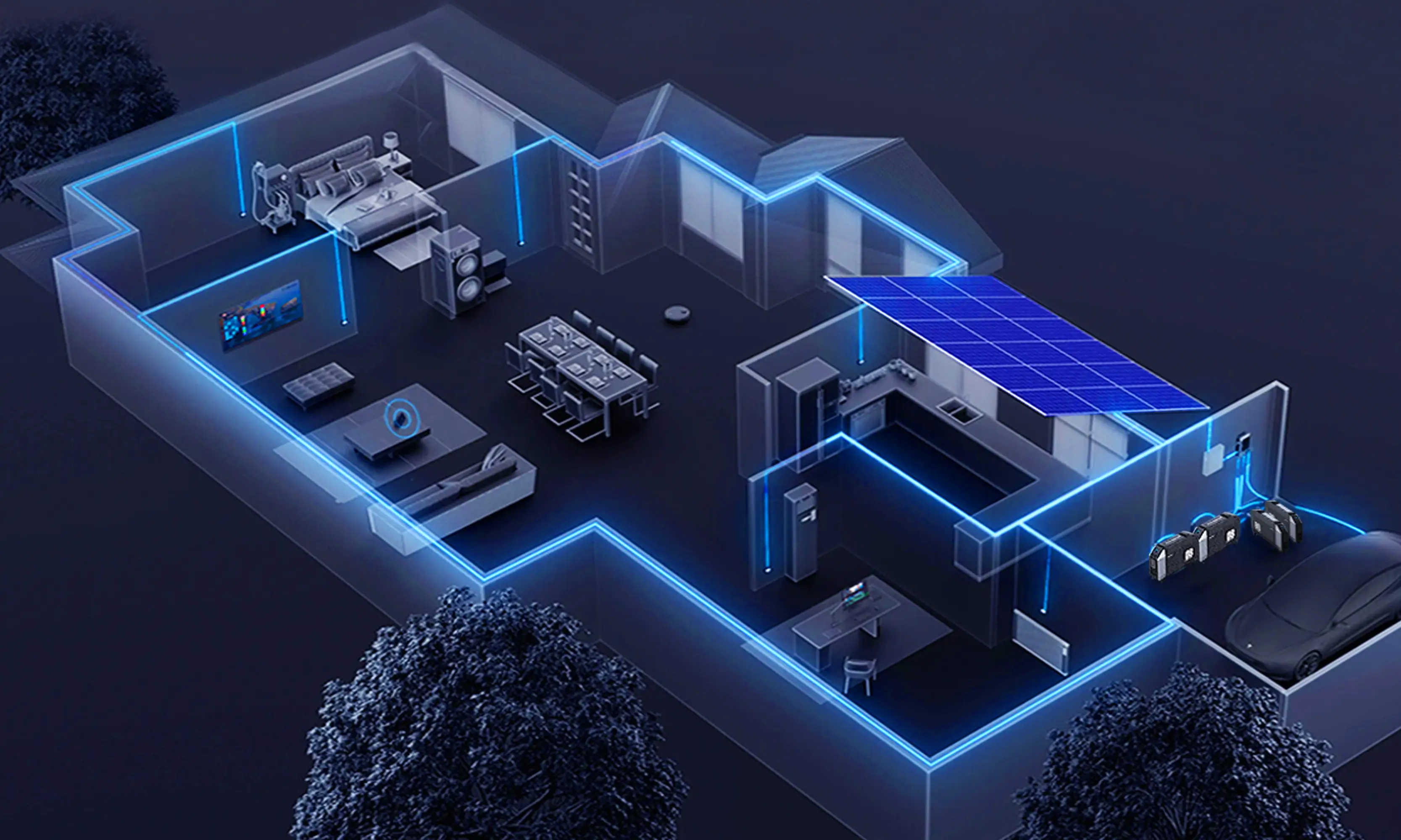How can home energy storage systems contribute to energy conservation and emission reduction?
2024-12-30

### How Home Energy Storage Systems Contribute to Energy Conservation and Emission Reduction
Against the backdrop of increasingly severe global climate change and environmental problems, energy conservation and emission reduction have become a focal point of widespread concern. Households, as basic social units, their energy consumption and carbon emissions have an undeniable impact on the overall environment. In recent years, with technological advancements and the popularization of renewable energy, home energy storage systems, as an innovative energy solution, are gradually entering households, making significant contributions to energy conservation and emission reduction. This article will delve into the working principles, advantages, and specific applications of home energy storage systems in energy conservation and emission reduction.
#### Overview of Home Energy Storage Systems
A home energy storage system, simply put, is a device installed in a residential home to store electricity and release it when needed. It typically consists of solar panels (or other renewable energy generation devices such as wind turbines), battery packs, inverters, and an intelligent control system. Solar panels convert solar energy into direct current (DC), which is converted into alternating current (AC) by an inverter for household use, while excess electricity is stored in the battery pack. When there is insufficient sunlight or during peak electricity consumption periods, the battery pack releases electricity to ensure the stability and reliability of the home's power supply.
#### Energy Conservation and Emission Reduction Mechanisms of Home Energy Storage Systems
1. **Promoting the Efficient Use of Renewable Energy**
The most direct role of home energy storage systems is to improve the utilization rate of renewable energy. Since renewable energy sources such as solar and wind power are intermittent and unstable, traditional power grids have difficulty directly accommodating these energy sources on a large scale. Home energy storage systems, by storing excess electricity, achieve 'peak shaving and valley filling', effectively alleviating the mismatch between renewable energy generation and electricity demand, reducing reliance on fossil fuels, and thus lowering greenhouse gas emissions.
2. **Reducing Peak Power Grid Loads and Optimizing Power Distribution**
During peak electricity consumption periods, power grids often need to mobilize more coal-fired or gas-fired generator sets to meet demand, which not only increases operating costs but also exacerbates environmental pollution. Home energy storage systems can store electricity during off-peak hours and release it during peak hours, effectively reducing the load pressure on the power grid, reducing fossil fuel consumption during peak hours, and achieving optimized allocation of power resources.
3. **Improving Household Energy Self-Sufficiency and Reducing Electricity Bills**
Households with installed home energy storage systems can largely achieve energy self-sufficiency. Especially in sunny areas, through solar power generation and storage, they can significantly reduce their reliance on external power grids, thereby reducing electricity bills. In the long term, this not only helps with household economic savings but also represents a revolutionary change to traditional energy consumption patterns, indirectly promoting energy conservation and emission reduction in society.
4. **Promoting Smart Homes and Intelligent Energy Management**
Home energy storage systems are often combined with smart home systems. Through intelligent control algorithms, based on household members' living habits, weather forecasts, and other factors, they automatically adjust household electricity consumption, achieving maximum utilization of energy. This intelligent energy management approach not only improves energy use efficiency but also enhances users' energy-saving awareness, promoting the conscious practice of energy conservation and emission reduction behaviors.
#### Challenges and Solutions Facing Home Energy Storage Systems
Although home energy storage systems show great potential in energy conservation and emission reduction, their widespread application still faces several challenges, such as high initial investment costs, limitations of energy storage technology, and inconsistent grid connection standards. To address these issues, the government can introduce relevant policies, provide financial subsidies, tax incentives, and other incentives to reduce user installation costs; research institutions should continue to increase R&D investment to improve the cost-effectiveness and safety of energy storage technology; and, at the same time, establish unified grid connection standards and regulatory mechanisms to ensure smooth interaction between home energy storage systems and the power grid.
#### Conclusion
Home energy storage systems, as a bridge connecting renewable energy with end users, not only effectively improve energy utilization efficiency and reduce carbon emissions but also promote the transformation and upgrading of energy consumption patterns, providing strong support for achieving a green and low-carbon lifestyle. With continuous technological advancements and policy improvements, home energy storage systems are expected to become an important component of future home energy management, leading us towards a more sustainable and environmentally friendly lifestyle. Let us work together to promote the popularization and application of home energy storage systems and contribute to the cause of energy conservation and emission reduction for the Earth.
Key words:
Related News


